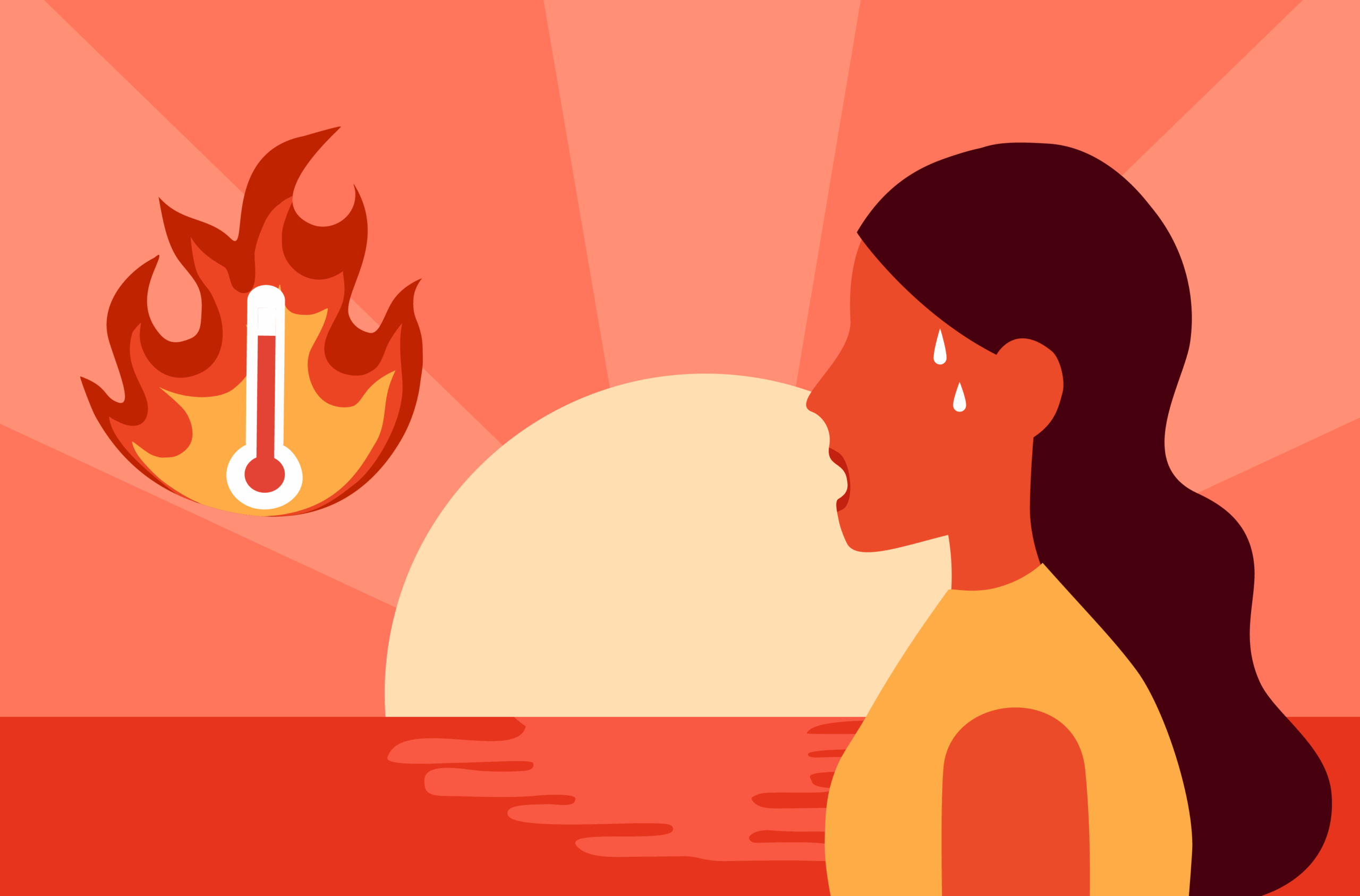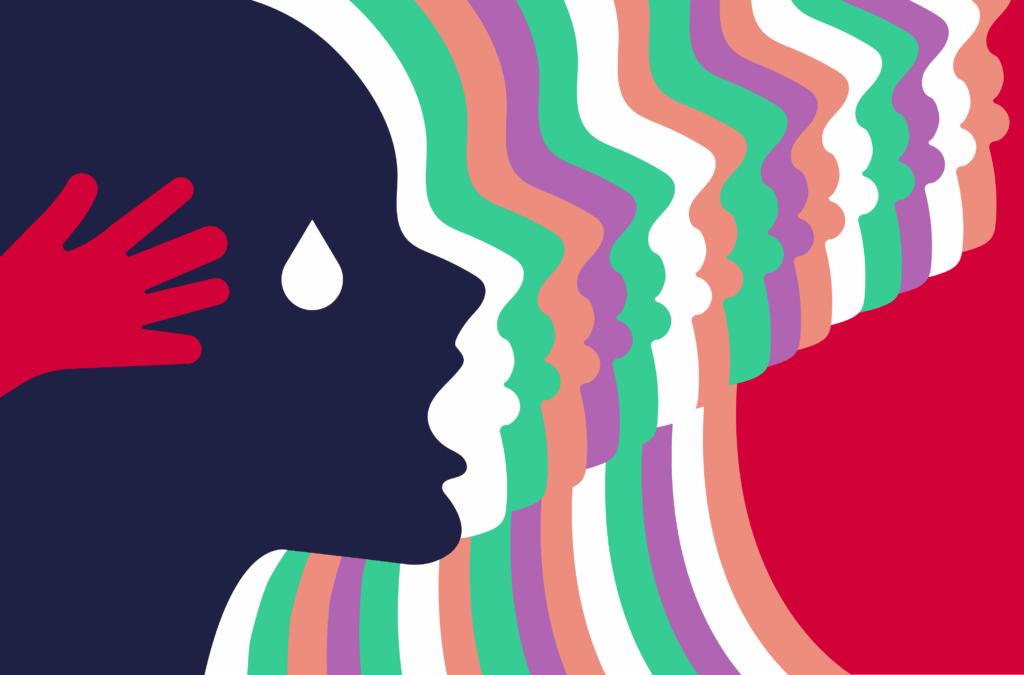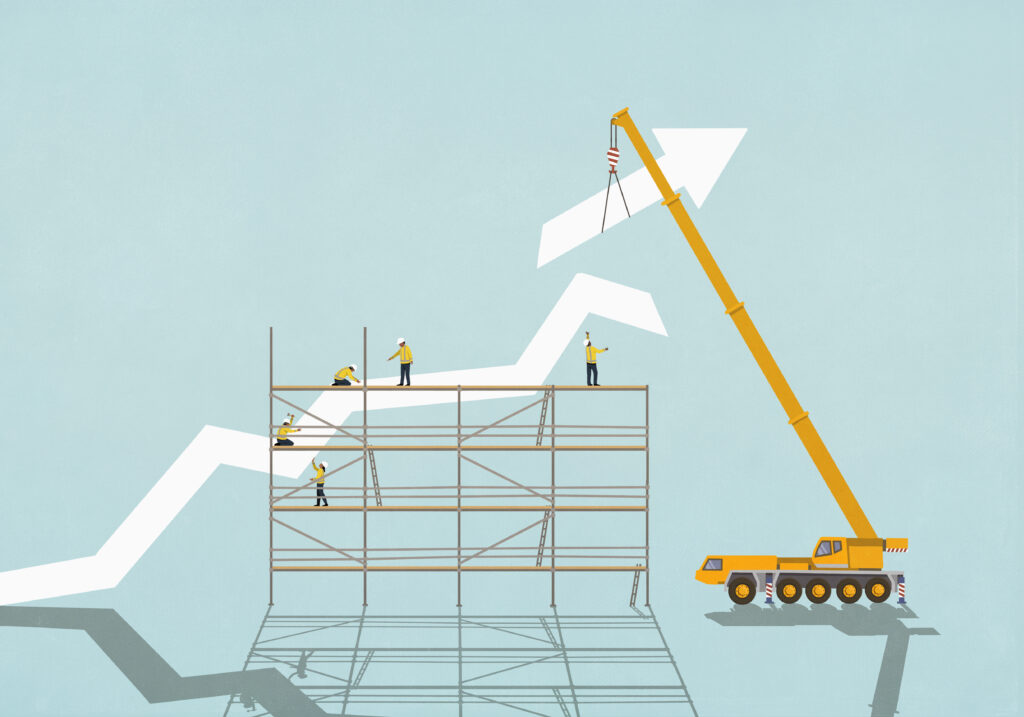
Insurance Aid for Climate-Threatened Communities

Humanity Insured helps communities pay insurance premiums they otherwise could not afford to allay the rising threats posed by climate change.
It aims by 2030 to fund grants providing access to £2 billion in insurance, protecting 30 million people. In less than a year of operation, with donor support from a swath of major names in the industry and beyond, the charity has supported 14 projects in Ethiopia, India, Pakistan, Syria, Togo, Zambia, and other nations.
In this interview, Charlie Langdale, previously a longtime executive at Howden, discusses Humanity Insured’s focus on communities facing imminent climate threats, how it operates, and the needs of its beneficiaries.
This Q&A was edited for clarity and length.
We have a very simple mission and that is to help ensure that climate disasters and volatility don’t drive people into poverty. And we do that by using insurance as a safety net for the world’s most vulnerable. Because we know that insurance allows people to take choice, have agency, empowers people to invest in their futures because they know that these risks are taken off the table.
Our entire mission is about allowing people, and we’re talking about an audience of more than 2 billion people who are totally out of the system at the moment, to access these tools for the first time.
Humanity Insured’s tools are the insurance market and insurance methods, i.e., using math and science backed by a guarantee to deliver people with certainty. Those tools are most useful where the peril that people are worried about, the thing that’s keeping them awake at night, is something that we can actually model. So we chose communities where it is those catastrophic events like flooding, excess rain, droughts, and extreme heat which are causing increasing problems for people around the world, a very large number of people.
And it’s not necessarily the catastrophes only, it’s actually the volatility and how those events are increasingly making it more and more difficult for people to cope. So it’s populations who have these perils right at the top of their lists of problems that they have every day. Those are the ones that we’re turning to first.
Our gender lens, i.e., thinking about women and girls, was really quite natural because it is clear that in a lot of communities, it is the women and the girls who really bear the brunt of most of this volatility in these events, and also who can benefit most from having instruments that allow them to plan for their futures. So we have our four target communities which are smallholder farmers, they are displaced people, they are coastal communities, and they’re urban informal workers, all with a focus on women and girls. We thought that was where these insurance tools could have the maximum impact.
Let’s start from the point of view of the grantee and work backward to the insurance market.
One of these projects is for women in India, and it focuses on extreme heat. We met the community leader at one of the COP conferences [to the United Nations Framework Convention on Climate Change] a few years ago. She explained that extreme heat is becoming an increasingly big problem for the women in her community. And these are informal urban workers in a city in India. Each woman has around five things she does each day to make ends meet. And if it’s too hot, she still has to work because she doesn’t have a contract. They’ve got no other safety net, no one else to rely on apart from each other.
It was clear that when these women work, when it’s too hot, they get ill. And the health consequences of that are very serious. So what this community leader wanted was something where she could encourage those women not to go to work when it’s too hot, as simple as that. She wanted an insurance payout to land in the cooperative bank accounts of those women so they knew that they wouldn’t have to go to work when it’s too hot.
So we’re talking about an index-based insurance, i.e., a satellite-triggered insurance program based on extreme heat. A program like that will come to Humanity Insured and we will review the program against all our criteria, understand the impact it’ll have on the population. And then that becomes a potential grant project for us. And we take that back to our grants committee.
Now, at the other side of Humanity Insured, we’re raising money. So we’ll go to funders. And we have some fantastic insurance funders in our donor pool, but we also have other funders as well from other corporates and some philanthropists. And we use that money to help a project like this one see the light of day. And what we’re doing is that we are most often subsidizing premium. Why? Because a lot of these programs will only work if the policy of the insurance is able to respond to the really quite frequent events to begin with.
Humanity Insured does two things: it helps people access insurance that they could not access before and it raises money to help them do that. We’re a charity, and that’s our purpose. We don’t provide the broking services. We’re not an underwriter.
We’re rather agnostic to that. We pride ourselves on helping some quite innovative triggers see the light of day.
A lot of the insurances have a parametric edge to them, i.e., they are index-based insurance, but not all. So we have programs which are drought-orientated, but have crop yield, layer of crop, pure crop yield insurance at the bottom of them. The key is, does the individual on the ground understand the insurance, [are they] willing to put money on the table to buy it themselves, and trust that it’s going to trigger?
It’s about the power of insurance to help someone, even on $1 a day, invest in their futures, because they know the biggest risk on their plate has been taken by an insurer at that particular point, or taken by a captive pool or whatever the instrument is. That’s quite magical. And we think that when we scale this program to the 30 million people we’re trying to reach, that the investment that those people will then put into their own resilience will be many times the limit of insurance that we arrange for them.
The beauty of parametric is that you can provide an immediate sum of money on a specific event that everybody understands, especially if the program is driven bottom-up, i.e., you’re asking the population what they want, what their dream looks like, and then they receive that money immediately. The reason why that’s important is because we’re trying to build trust, because insurance does not work if you do not believe that it’s going to pay.
I was in Kenya recently, and I went to meet some farmers we were supporting there. And a particular farmer called Peter, we met him in his house. He’s got no running water, no electricity, he’s earning roughly $2 a day.
I asked him if he’s going to purchase the drought program that we were helping him buy. And he said yes. I asked him why. Especially because last year, when the program started, he didn’t have a claim. Well, he said, because I’ve got 12 children, and without this instrument, without this insurance, I’ll only send six of them to school.
The reason he gave me was because without the insurance he’s so concerned about the failure of his harvest that he has to put money aside to cope with the failure of that event, which means he simply can’t afford to send all his children to school, buy the clothes and the transport for that fact. So if you think about the sophistication of that thought process, he’s investing in his children for an insurance policy which costs $1.50 a year. And that’s the power of insurance.
The beautiful thing about insurance is we need a certain amount of money, but in terms of global philanthropy, it’s a drop in the ocean. We need to spend about £20 million a year to reach 30 million people with a couple billion of limit.
The leverage power of insurance in protecting large populations is incredibly extensive compared to waiting for the disaster to happen and then turning up with the cash, which is very expensive. So you can imagine how that appeals to the chief executive of an insurer. So our method has been to go and meet the C-suite of insurers around the world and just put this case on the table, because it becomes very obvious.
Our method has been just to talk to insurers direct and say, if we collaborate, if we get all together and we put a small amount of money on the table, we can help 30 million new people access the tools that your business believes in and that your employees are selling. And the other important thing is that we’re not asking the insurers to discount the insurance policies themselves.
Humanity Insured has been initiated and led by the insurance market. It was incubated in Howden for its first three years, where I spent my last 25 years. Incubated and led by the insurance market, but then opened to the rest of philanthropy and other corporates.
That’s the one that keeps me awake at night.
So far this year, we have 2 million beneficiaries in our first nine months. So that’s a good start on our goal to have 30 million a year, but obviously 30 million is a lot more than 2 million. I’m hoping by the end of our first year, we’ll have 3 million, so 10% of our target will be achieved in our first year of operation.
We’ve done a solid job on our initial fundraising, but we’ve got a long way to go.
And I think basically, we need a decent pipeline of projects. We have around 40 projects in our pipeline right now. You probably need about 120, 130 to reach the aims that we have in our plan.
I’m hoping that what Humanity Insured does a little bit is help other people in the insurance market and the rest of financial services think, my God, maybe the tools that we have could be useful if they were tailored to suit a group of people who are facing perils and exposures like never before. And what use could it be put to? I think that these sorts of questions seem very natural. I’m hoping that we can help others to think in the same way because Humanity Insured won’t be the only charity which does this, with any luck.




